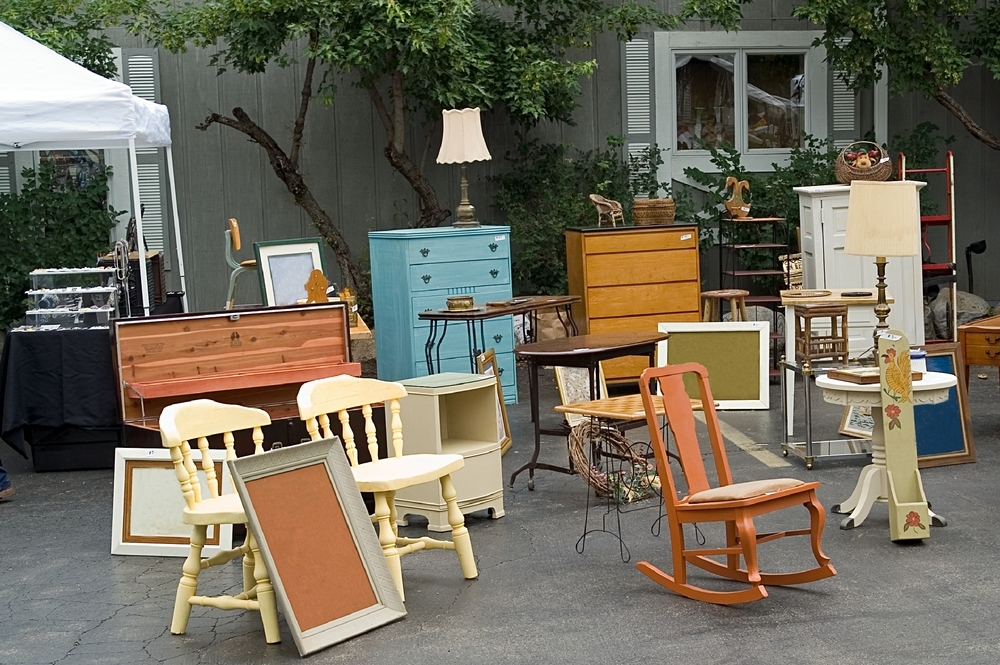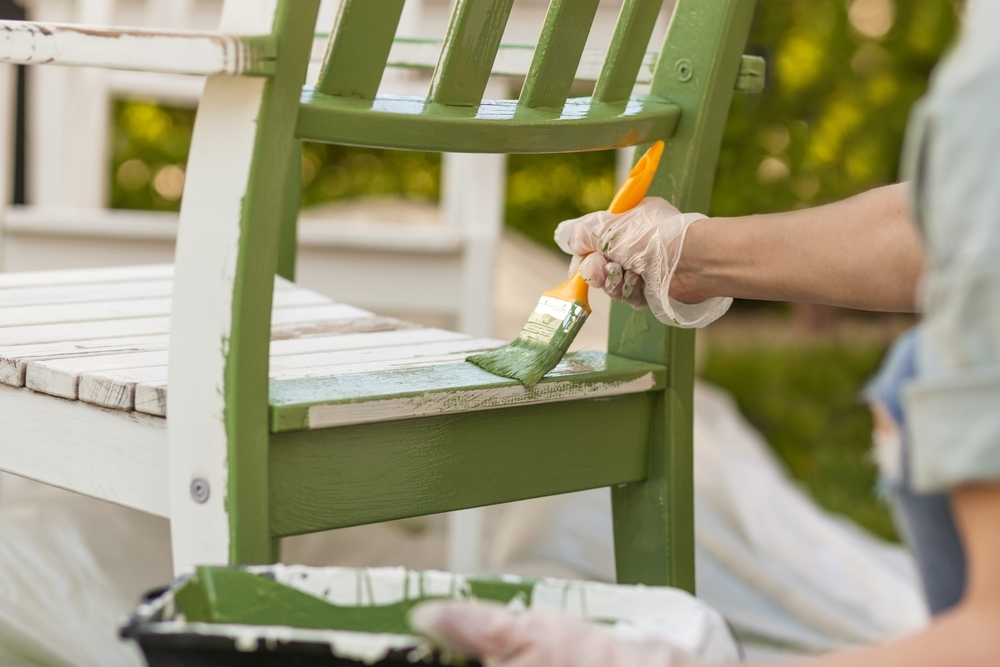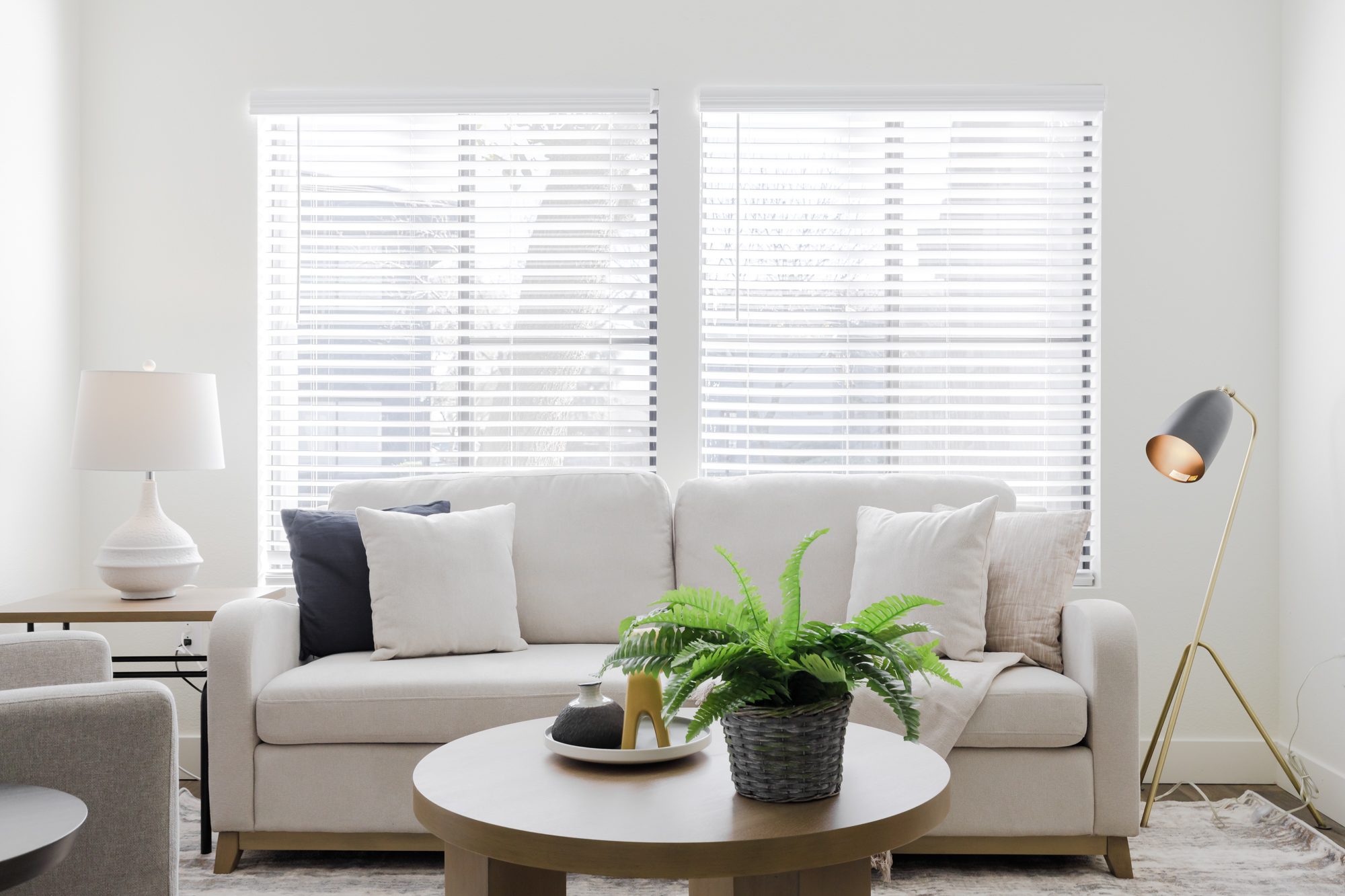
6 Tips for Buying Secondhand Furniture for Your Apartment

Whether you’re moving into your first apartment or simply replacing a couch or coffee table that’s seen better days, there’s no denying that buying new furniture for your home can be quite expensive. High-quality furniture often costs thousands of dollars, and if that’s not in your budget right now, you may want to consider buying secondhand furniture instead.
Here’s everything you need to know about buying used furniture, including tips on where to shop, what to look for, and must-know tips on how to bargain for a great deal.
The benefits of buying secondhand furniture
Naturally, the main benefit of opting for secondhand furniture over new products is that you’ll save quite a bit of money. Used products are generally sold for significantly less than their original sale price, making them a great option for anyone who’s looking for a budget-friendly interior design solution. Sometimes you can find items for cheap (or free!) if someone is moving and needs to get rid of their belongings ASAP.
You might be concerned that secondhand furniture pieces will be in poor condition, but there are plenty of pre-loved options available that look practically new. You may have to be patient and shop around to find the furniture you’re looking for, but the wait will pay off in savings.
Saving money isn’t the only benefit of shopping secondhand, either. When you buy used decor, you’re helping to keep perfectly good items out of the landfill, making it a more eco-friendly choice. Additionally, you won’t have to have the products shipped across the country, which reduces transportation-related emissions and also generally means you’ll get your furniture faster.
The best places to shop for used furniture

There’s no shortage of places that sell secondhand decor, but most people typically start on an online marketplace like Facebook Marketplace and Craigslist. Other options include eBay, OfferUp, and Letgo. These sites allow users to sell (or sometimes give away) unwanted items, and posts are organized by location, so you can easily search within your town or city. There are hundreds of new posts on these marketplaces each day, giving you plenty of options to sort through. However, there may also be scams, so it’s important to do your due diligence before buying anything. You’ll also want to use caution when picking up items—bring along a friend, if possible, and arrange to meet in a public location to make the exchange.
If you prefer a more traditional shopping experience, there are several secondhand furniture stores, including Salvation Army, Savers, and Goodwill. There may also be a local thrift store or consignment shop in your area that sells gently used furniture. You may also want to stop at local yard sales, estate sales, or flea markets to see whether there’s any furniture for sale—these are often some of the best places to find great deals.
There are also places where you can buy used furniture online, such as Etsy, AptDeco, and Kaiyo. If you’re shopping for antique furniture, sites like Chairish, EBTH, and 1stDibs have more curated listings that are often authenticated by experts. You can find like-new vintage furniture on these sites, but keep in mind that you typically aren’t able to see the item in person before you buy, and you may have to pay extra for shipping.
Tips for buying secondhand furniture
Once you’ve found a piece of furniture you love, it’s time to go see it and decide whether it’s right for your home. The following are some top tips to ensure you get the best possible deal:
1. Inspect before you buy

It’s quite risky to buy used furniture sight unseen, and whenever possible, you should see and inspect furniture items before committing to the purchase. Whether you’re buying from a marketplace or store, you’ll want to carefully examine the piece for any damage, being sure to open any drawers or doors and sit on chairs or couches.
Little scratches or dings are to be expected with used furniture, but large cracks or missing pieces can often signal that the piece isn’t structurally sound. If it’s a mass-produced piece such as IKEA furniture, you’ll also want to check that none of the components for assembly are missing.
2. Use caution with soft goods
Wood furniture is fairly easy to assess for structural problems, but if you’re purchasing something that’s made of fabric, such as a sofa or armchair, you’ll want to be especially diligent when checking it over. Check under the cushion and in the cracks and crevices to ensure there are no bugs lurking—you don’t want to unwittingly bring bed bugs or other critters into your apartment!—and do a smell test to check whether there are any odors. Unwanted odors can quickly stink up your home, and they may also be a signal of mold or mildew growing inside the fabric.
3. Watch out for red flags
Because scams are common on sites like Craigslist, follow your intuition and walk away if a deal ever feels questionable. You should never send someone money before actually picking up the item, and if a deal seems too good to be true—such as an extremely low price for a high-end piece—it probably is.
Don’t be afraid to ask the seller questions to ensure the item is legitimate—ask why they’re getting rid of the piece, how long they’ve owned it, where they bought it, and to see additional photos, if needed. If they can’t provide basic information about the item they’re selling, it’s definitely cause for concern.
Other red flags to look for when buying secondhand furniture include:
- No photographs or solely stock images are used in the listing
- The listing contains strange wording or is extremely vague
- The seller asks for too much personal information
- The seller won’t meet in a public location
- The seller has the same posting listed in several different cities/locations
4. Don’t be afraid to haggle
One of the best parts of shopping for secondhand furniture is you’re often able to negotiate the price. It’s common practice for sellers to list items at a higher price than they expect to get for their furniture, leaving room for you to haggle. If you’re shopping for furniture, you might ask if they’ll take $50 to $100 off the listed price, and you can sweeten the deal by offering to pick it up quickly or pay in cash. Just be cautious if you decide to lowball an offer, as this can rub sellers the wrong way and cost you the deal.
5. Consider a DIY project

Found a great piece of furniture but hate the color? Don’t underestimate the power of an easy DIY project! You can often fix up gently used furniture by using stain or paint, adding new hardware, lining drawers with contact paper, or simply filling in scratches with wood filler. If you’re an experienced crafter, you may even be able to reupholster chairs to make them look like new.
6. Don’t overlook transportation
If you’re shopping for a larger piece of furniture, such as a sectional sofa or large dresser, it’s important to figure out how you’re going to move the piece before you buy it. Not only do you need a vehicle that’s large enough to transport the furniture, but you may also need assistance loading it up and carrying it into your apartment—don’t assume the seller is going to help you.
For this reason, it’s generally a good idea to enlist a friend when you’re purchasing furniture, or for a particularly large piece, a rental truck or moving company may be warranted.
Rent a furnished apartment instead!
You can save yourself the hassle of buying furniture and decorating by renting a fully furnished apartment from Landing, instead. Choose from thousands of apartments in cities across the country, and stay as long as you want with flexible lease periods. The apartments have everything you need to start your life in a new home, so you’ll be able to spend your time thrift shopping for fun—not necessity.









